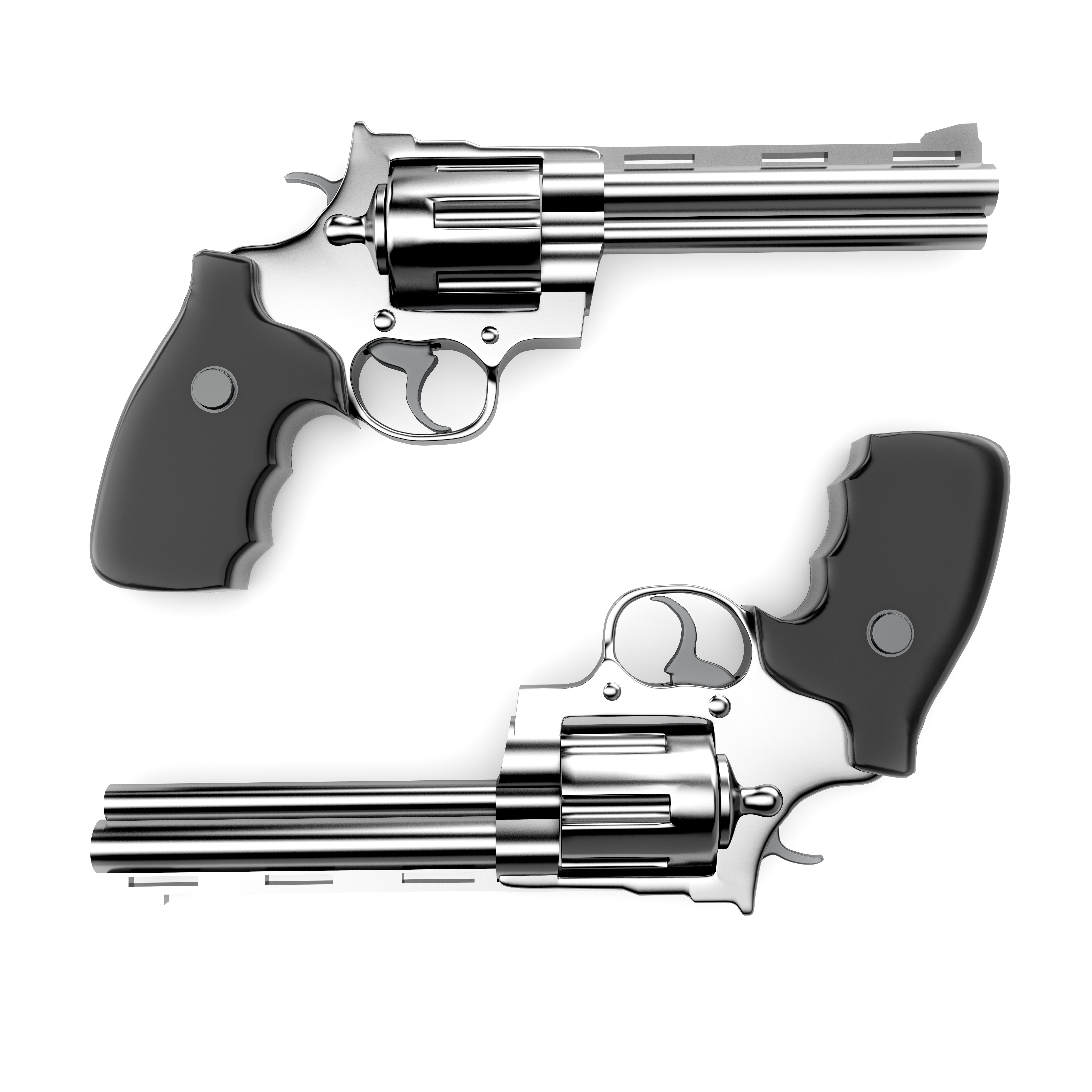
Sometime in 2009, the number of guns in the United States for the first time exceeded the country’s population. The gap has been widening ever since.
In early April, the FBI reported that it had run background checks for nearly 7.7 million Americans wanting to purchase a firearm in the first quarter of 2016. In all of 2015, the FBI ran a record total of more than 23 million background checks. A single background check can cover multiple purchases, so the number is at best a rough indicator of gun sales.
Firearms maker Sturm, Ruger & Co. Inc. (NYSE: RGR) reported on Monday that sales were up 26% in the first quarter of 2016 compared with last year’s sales. The company does not report the number of guns it sells, but it does report that its finished goods inventory dropped by 14,600 units and its distributors’ inventories dropped by 54,300 for the quarter.
Smith & Wesson Holding Corp. (NASDAQ: SWHC) reported its most recent quarterly earnings in March, showing a sales increase of 61.5%, with handgun sales accounting for some 75% of sales in the quarter. The company’s CEO attributed the jump in sales to a “long-term trend toward personal protection.”
Sales began rising late last year following the mass killings in Paris and San Bernardino and have been bolstered by Democratic presidential candidate Hillary Clinton’s promise to push for stricter gun control laws if she is elected. An industry analyst told CNN Money in April, “As the general election draws closer, we believe fear [about second amendment rights] will be maintained.”
Sturm Ruger said that increased retails sales were due to an increase in overall demand, new products and increased production capacity and availability of high-demand products. Nearly 30% of first-quarter sales were made for the company’s new products: the American Pistol, the Precision Rifle, the AR-556 modern sporting rifle and the LC9s pistol.
Want to Retire Early? Start Here (Sponsor)
Want retirement to come a few years earlier than you’d planned? Or are you ready to retire now, but want an extra set of eyes on your finances?
Now you can speak with up to 3 financial experts in your area for FREE. By simply clicking here you can begin to match with financial professionals who can help you build your plan to retire early. And the best part? The first conversation with them is free.
Click here to match with up to 3 financial pros who would be excited to help you make financial decisions.
Have questions about retirement or personal finance? Email us at [email protected]!
By emailing your questions to 24/7 Wall St., you agree to have them published anonymously on a673b.bigscoots-temp.com.
By submitting your story, you understand and agree that we may use your story, or versions of it, in all media and platforms, including via third parties.
Thank you for reading! Have some feedback for us?
Contact the 24/7 Wall St. editorial team.



